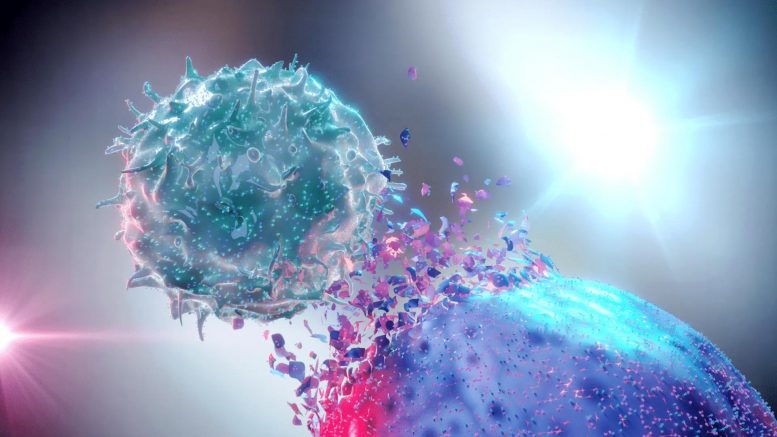
Despite having recently officially ended its science operations in January, Gaia, one of the most prolific star explorers ever, is still providing new scientific insights. A recent paper pre-published on arXiv (which has not been peer-reviewed but was submitted to the Astrophysical Journal) took another look at some Gaia data to try to find a unique type of astronomical entity - white dwarf stars that are paired up in a binary with a main sequence one. By applying a machine learning technique called a "self-organizing map," they found 801 new white dwarf-main sequence (WDMS) binaries, increasing the total number ever found by over 20%.


 1 month ago
21
1 month ago
21 










 Bengali (Bangladesh) ·
Bengali (Bangladesh) ·  English (United States) ·
English (United States) ·